LEICA M MONOCHROM – Reality Check

ISO 320, 1/125 sec, 35mm Summilux – by O
Since my “first impression” post back in September last year, O and I sold a few lenses and an old Nikon, just so proceeds could go towards a Leica M Monochrom and we haven’t looked back.
When the camera was first announced in May 2012, O was immediately sold on the idea. Me? I needed a lot of convincing because the price point was high, and it was limited to black and white. But then we were able to test the pre-production model and both of us fell in love with it.
In my previous post, I talked about the most important value any camera can give, whether it be a $1.00 toy camera or a Leica, is the ability to inspire you to grab the camera and shoot amazing or near amazing photographs. Well, it hasn’t changed at all. Actually, I lie. The desire to shoot beautiful photographs is stronger than before.

ISO 5000, 1/1000 sec, 50mm Noctilux – by O
O sums it up the best. He says there is no excuse to not shoot good photographs anymore. Unlike color, where you can be lazy and decide if the shot could be presented in black and white or not, or slack off on the framing or composition (don’t tell me you don’t do this sometime), the Monochrom only works well when you understand the demands it has of you, the user/photographer. You have to rethink how you ‘see’. You are forced to think in black and white in order to capture the images you want.
This is because the image is recorded in shades of grey and tones and not the colors which our eye is accustomed to seeing in real life. Understanding this is the first step towards a creative process. You have to think about how you want the sensor to record the image. You have to consider many aspects of the photograph in order to capture what you want. This creative process is essential to the Monochrom, otherwise, it would be a waste of money. However little or strong it may be, you can’t run away from it.
ISO 400, 1/45, 35mm Summilux
So if you think you are not creative, you actually are because of all the different aspects you must consider and answer before you press the shutter. For instance, the choice of more or less contrast will either harshen or soften the image, therefore changing the way you present the subject. The tones help define whether the image is more realistic or impressionistic. You can emphasize forms and shapes, thereby focussing the eye towards the subject with less distractions.
O believes that black and white has an inherently more impressionistic quality whereas color requires a great deal of thought and planning in order to give off the same level of impressionism.
So without further ado, let’s dive straight into the photographs and details of the performance of the Monochrom.
ISO 1250, 1/45sec, 35mm Summilux
DISCLAIMER!!!: My review is only based on the images I take and how user friendly the camera is. Some images have been post processed with slight crops (to straighten the shot) and pushing or pulling on the contrast, darks, and brightness in Lightroom 4. A few have been processed with Nik Silver Efex 2. That is about the only post work I do. And, my bias is based on if the camera helps me capture the image I envisioned. I am not knowledgeable about equipment from any technical point of view. So if any one expects to read detailed specifications or any tech reviews, there are other sites that have the expertise. You can go to L-Camera Forum here to find out a list of all the reviews of the Monochrom. You can check out all the specifications at the Leica site here.
ISO 800, 1/2000 sec, 35mm Summilux
THE BASIC PHYSICAL
I love, love, love the stealth look of the Monochrom. No Leica red dot, no Leica name logo on top, just matte black metal with a fine textured leather finish. Simple and understated. In my mind, it’s the most elegant Leica in the M series. The clean lines are classic.
FRAME BUFFER
In Japan, there is an aesthetic called Wabi-Sabi, that is sometimes described as beauty that is “imperfect, impermanent, and incomplete”. It is a concept derived from the Buddhist teaching of the three marks of existence (三法印 sanbōin), specifically impermanence (無常 mujō), the other two being suffering (苦 ku) and emptiness or absence of self-nature (空 kū?).” (Taken from Wikipedia)
You’re probably wondering, “what in the world is she talking about?”… I’m just coming to it, so please indulge me a little more.
ISO 640, 1/500, 35mm Summilux – by O
From an engineering or design point of view, wabi may be interpreted as the imperfect quality of any object, due to inevitable limitations in design and construction/manufacture especially with respect to unpredictable or changing usage conditions; then sabi could be interpreted as the aspect of imperfect reliability, or limited mortality of any object, hence the phonological and etymological connection with the Japanese word sabi, to rust.(Also taken from Wikipedia)
Now to the point. On the pre-production model, we noted the Frame Buffer was slow. Well….it hasn’t changed. When you shoot over 4-5 single frames continuously, the frame buffer fills up and you’re forced to wait between 15- 30 seconds before it frees up. It’s a flaw that happens to me very often. That’s why I have had to reach into my Zen drawer and find a way to explain to myself why I must remain patient as little grasshopper should. 🙂
I hope Leica fixes this soon!
ISO 320, 1/180 sec, 35mm Summilux – by O
ISO BUMP
The increase in ISO to 10000 make this camera low light friendly. It’s my go-to camera in the evenings. Stripped of the RGB filters, Kodak’s Truesense presents as pure an image as you can possibly get. To the best of my knowledge, there is nothing out there that comes close to purity than this one.
THE BEAUTY OF GRAIN
As I said in my last post, the most unique thing about this camera is the noise grain. It is just simply exquisite. The grain is not the digital hard edged type you get with the M9. It’s a soft film-like grain.
However, at 10,000 ISO, the Truesense sensor is pushed to its limit. The noise is extremely noticeable with a slight muddy nature (for my taste), although professional photographers like Jacob Aue Sobol has been able to turn it into an aesthetic. The highest I use is 6400, where the noise is acceptable and part of the aesthetic of the shot. But at 5000 you can get a near noiseless shot. My ideal range for night shots is 3200 -6400. During the day, I play between 640 and 3200.
TONES
I love the complex and refined tonal range of this camera. When you look at the images, the details are part of the lure. Hence, the grey nature of the RAW files. But that’s what is so great about the camera. You capture more detail than some negative films. Your RAW files let you make ‘informed’ choices on how to process the shot. You have more options to post the image than ever before.
ISO 320, 1/125 sec, 35mm Summilux – by O
EXPOSURE
As mentioned in my last post, you need to underexpose the shot so don’t blow out your highlights. Unless you want to of course.
LCD SCREEN
I really hope Leica will replace the 2.5″ TFT LCD sapphire-crystal display screen with something comparable to any SLR camera out there. What they have on there is just subpar.
THE MENU
I was able to play with the new histogram that shows the raw data combined with a clipping display. I try to practice with it to see how my estimate of exposure is compared to the actual. It’s still a work in progress for me. A wonderful tool for those who are still learning.
ISO 320, 1/4000, 50mm Summicron – by O
LENSES
The Monochrom makes every lens shine because the image is as pure as the lens. But O and I are of the opinion that the Monochrom is really made for sharp lenses like the APOs. The sensor captures every nuance of the image.
THE PRICE TAG
What can I say? I hate it because it hurts the pocket for those of us who have to count our pennies. But I understand it and am in support of the decision. It’s the only camera that is hand made. Regardless of the technology (good or bad), I love the fact that I am paying for some one’s livelihood. Someone who has pride in their work. Some one who gets excited when they can invent, to preserve and expand a legend, or bridge a gap between old and new, paint the logo on, put on the screw… well you get the idea.
In our society, we don’t seem to value individual input anymore. The bottom-line rules everything at the expense of people. You can’t compare products that are made from robotic assembly lines with ones put together by humans.
ISO 2000, 1/60 sec, 21mm Super Elmar
CONCLUSION
The Leica M Monochrom is a milestone in camera inventions, just like when the ‘Barnack’ was invented to make cameras portable, or the first M(3) Leica was invented with bayonet interchangeable lenses, or when the M9 was born with its full frame sensor. This camera is a game changer in the world of full frame digital cameras. It is also the perfect evolution from negative film to digital without leaving the achievements of film in the trash. It tries to emulate the beautiful quality of film, yet still have its own unique quality. That’s a good thing.
You can read:
First Impressions of Leica M Monochrom (Pre-production model) Part 1 here.
First Impressions of Leica M Monochrom (Pre-production model) Part 2 here.
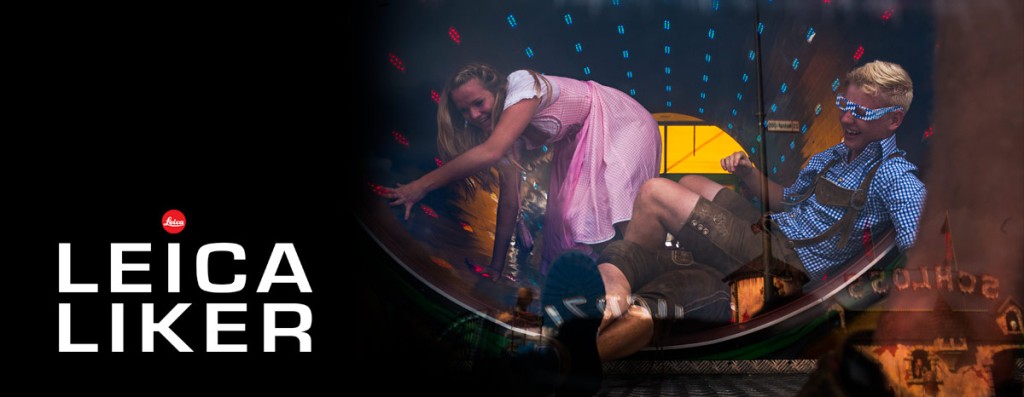


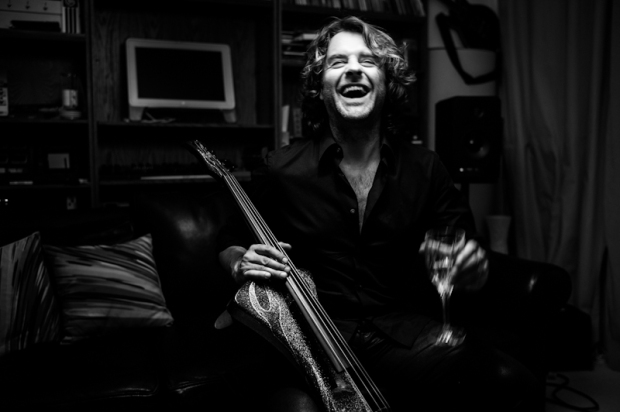
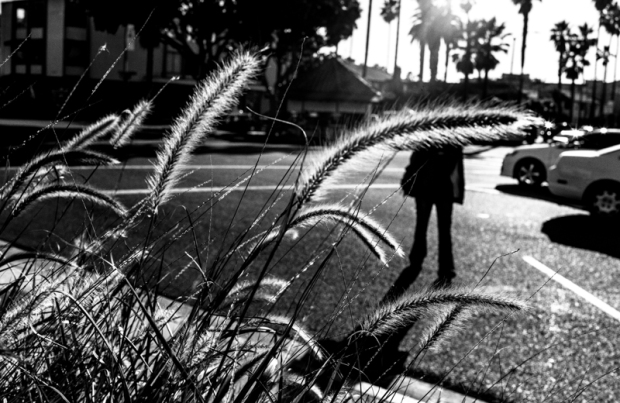
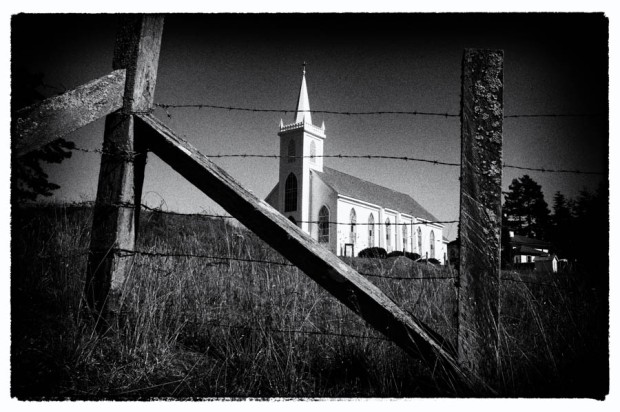
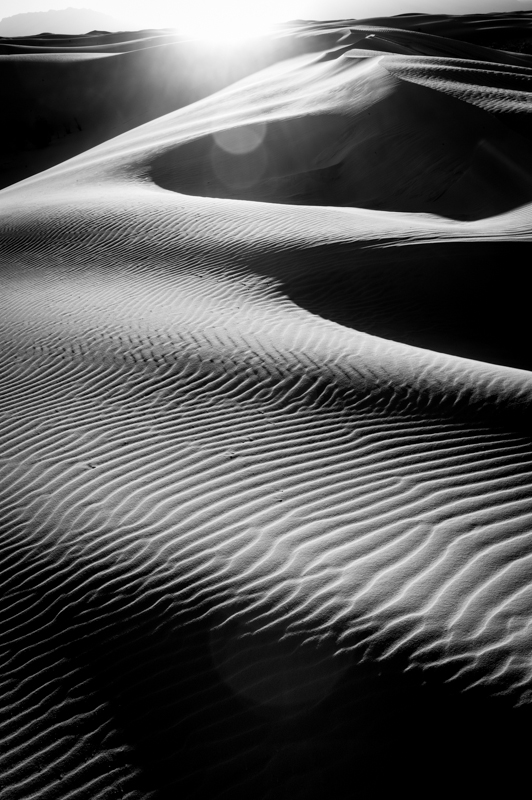
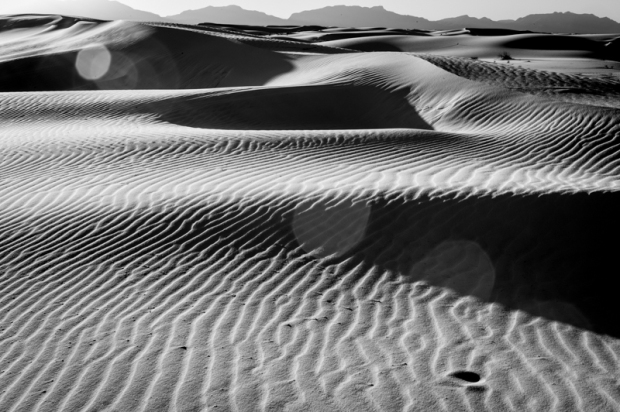
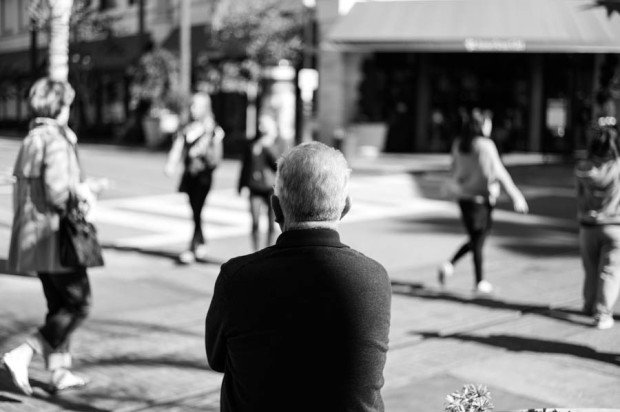









What is the point of it, it’s just an M9 without color?
Aha, Sean. You should read my first post, part one to learn about the sensor. It is not just an M9 without color. The sensor has no filters so to speak. That makes it very different from M9.
Hey E!!!
nice images.
(…it’s really not fair you can take great images with ANY KIND OF CAMERA! 🙂 )
cheers
Hey Frank, thanks for the nice words, but as you can see, some of the images were shot by O. 🙂
Great writeup, Elizabeth. You make me want to go out and get one!
Thanks Jeff. It’s a fun camera.
I’m drooling thanks to this post. Great photos too.
Hehe. Shane, I know that feeling.
I have an M9 and love it, but the Monochrom, as you say, really appeals to my aesthetic as well. That is why I learned with the M2 in the early 70s, and still work that way (even with the same lenses that I used then.) Thanks for your images and commentary. I certainly agree, even though I enjoy being able to shoot color.
M
Thanks for reading my post, Michael. I love my M9 too. I always see in color and love to shoot color. But sometimes I make exceptions and shoot in B & W. The M2 is quite a camera and together with the old lenses – must be amazing.
I am still content with my M3 and Elmar f2.8 50 mm lens. I bulk load my Ilford film and hand develop in HC-110 because it works for me. And when I scan with my V700 I have learned how to increase the dynamic range to the full sensitivity of the film by custom tweaks of the input curves. I can scan up to 4800 dpi for the effective file size of a medium format camera (~30 MP) but I settle for 3200 dpi which is the optimum for the film grain I work with. So I get the full range of grays, enough sharpness for any hand held image I could want to make, and I can live on my retirement fixed income without having to eat cat food. Glad you like the M but really haven’t heard anything that makes me want to sell my camera collection for one jewel. I am not a purist — I shoot with anything at hand. But I like my Leica too. Thanks for a well written review.
Thanks For the insight and nice words Jeff. I think you are the lucky one with the set up you have. I shy away from film because it’s too complicated for me. Develop and scan….Costco is too far from me to make it a habit of sending them the film for processing. And they are the cheapest around here. So I can only look at my film cameras and smile and shoot with my digital. 🙂
Some great images, as long as the camera inspires you to keep shooting then it’s worth it.
Thanks for sharing your beautiful images.
Given that there are some wonderful B & W conversion tools like Silver Efex Pro, is it possible to describe what makes the Monochrom images better than say post processed M240 files?
Thanks for the kind words Max. As for your question…I have not had a chance to play with the M 240 yet. But I think if you are able to think in B & W with the M240, then post processing might be a way to go if you want one camera to do both color and B & W. But the fact that the chip/ sensors are totally different between Monochrom and M240, like apples and oranges, I feel strongly that the Monochrom will deliver images that will have more subtle details in the under exposed parts of the image. That is the beauty of the Monochrom. But, I will reserve the right to change my mindvafter I am able to evaluate the M240. Cheers.
Many thanks for taking time to reply. I grew up with B & W because at the time it was just too difficult and expensive for this hobbyist to print colour. So I am really intrigued by the whole concept of the Leica Monochrom. I doubt however that I could ever justify the asking. In the meantime I am exploring B & W with a Sony RX1. The dynamic range of the RAW files is very rewarding but I am left wondering if the Monochrom would be appreciably better. I suspect that the Leica would be peerless for larger prints but maybe not so far in front for images viewed on a monitor.
Regards,
Max
Hi Max, I love the RX1. It’s smaller, fast and yes the files are great. But, I also love Leica optics more than Sony’s. Do you live near a Leica dealer? If you do, I suggest you schmooze them and ask if you could borrow a loaner Monochrom for at least a couple hours using your own chip. Or play with it in their store and outside in parking lot so you have both interior and ext. and even low light conditions. Then judge the files for yourself.
As I shoot color and B/W, I don’t have the need for both a Monochrom and an M9. The problem of the banding and the fringing seems to be caused by either the spefic card or the update fixed it. In any event I have not had a problem again after 10.000 images.
Thanks for your input Michael.
I read some users reporting banding and streaks in their images on the MM. Did you have any issues with banding when using a high ISO?
I had some banding in some images when I went to Bosnia/Herzegovina on 6.2011. Not every exposure and not every SD card. and only 1 day. No problems since then…
No, I haven’t had any banding issues myself, but have read about from others like you guys here.
Very soon this site will be famous amid all blogging and site-building people, due to it’s good
articles or reviews
Hello. Recently I have tried the Leica Monochrom and to be honest I was disappointed in the results. I have a well worn M9 which I shoot in Jpeg B&W with SilverEffects grain added. I did the same with the MM and then compared. It is true the extra detail and sharpness is there but after the SE (which in effect destroys the advantage the MM) both cameras are very similar.
But, then I found the MM file to be (in its base noise/grain) almost too sharp – to the point that in high ASA the grain becomes like very fine sand paper always there and impossible to remove. I began seeing all the MM files as ultra smooth and not at all like film (my reason for using SE in the first place because I like the way film grain holds a picture together).
The M9 loses it’s base noise (because it’s not as sharp as the MM) and the SE effect becomes more film like – therefore more ‘real’ than the MM. For my kind of photography the MM is too perfect and the M9 is better.
Of cause for others the MM will shine when smoothness, speed and perfection is needed but not for me. Ohhh, before I get told off I did similar test using Raw on both cameras with the same results. Cheers from New Zealand.
Thanks for your comments Julian. The only thing I can say is that since there is no filter over the sensor on the MM it is to be expected to be very sharp. I mentioned that after iso 3200, the picture starts to get noisy. M9 is more impressionistic and the MM is simply more sharp.